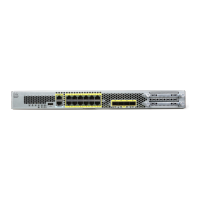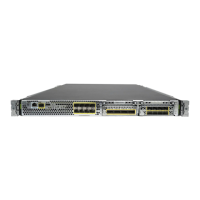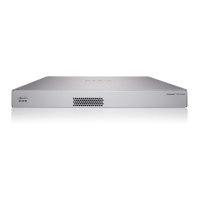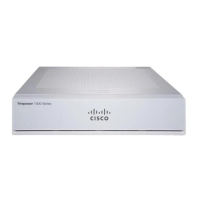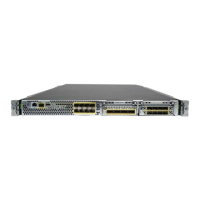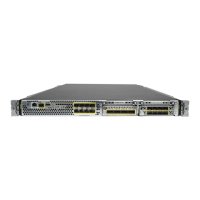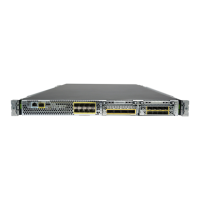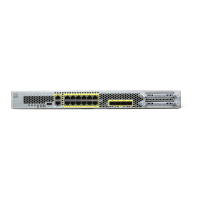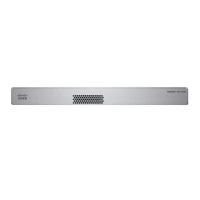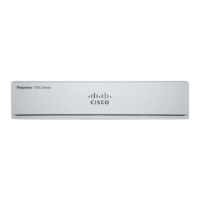9-15
Cisco Security Appliance Command Line Configuration Guide
OL-10088-01
Chapter 9 Configuring IP Routing
Configuring OSPF
To configure the software advertisement on one summary route for all redistributed routes covered by a
network address and mask, perform the following steps:
Step 1 If you have not already done so, enter the router configuration mode for the OSPF process you want to
configure by entering the following command:
hostname(config)# router ospf process_id
Step 2 To set the summary address, enter the following command:
hostname(config-router)# summary-address ip_address mask [not-advertise] [tag tag]
Note OSPF does not support summary-address 0.0.0.0 0.0.0.0.
The following example shows how to configure route summarization. The summary address 10.1.0.0
includes address 10.1.1.0, 10.1.2.0, 10.1.3.0, and so on. Only the address 10.1.0.0 is advertised in an
external link-state advertisement:
hostname(config)# router ospf 1
hostname(config-router)# summary-address 10.1.0.0 255.255.0.0
Defining Static OSPF Neighbors
You need to define static OSPF neighbors to advertise OSPF routes over a point-to-point, non-broadcast
network. This lets you broadcast OSPF advertisements across an existing VPN connection without
having to encapsulate the advertisements in a GRE tunnel.
To define a static OSPF neighbor, perform the following tasks:
Step 1 Create a static route to the OSPF neighbor. See the “Configuring Static and Default Routes” section on
page 9-1 for more information about creating static routes.
Step 2 Define the OSPF neighbor by performing the following tasks:
a. Enter router configuration mode for the OSPF process. Enter the following command:
hostname(config)# router ospf pid
b. Define the OSPF neighbor by entering the following command:
hostname(config-router)# neighbor addr [interface if_name]
The addr argument is the IP address of the OSPF neighbor. The if_name is the interface used to
communicate with the neighbor. If the OSPF neighbor is not on the same network as any of the
directly-connected interfaces, you must specify the interface.

